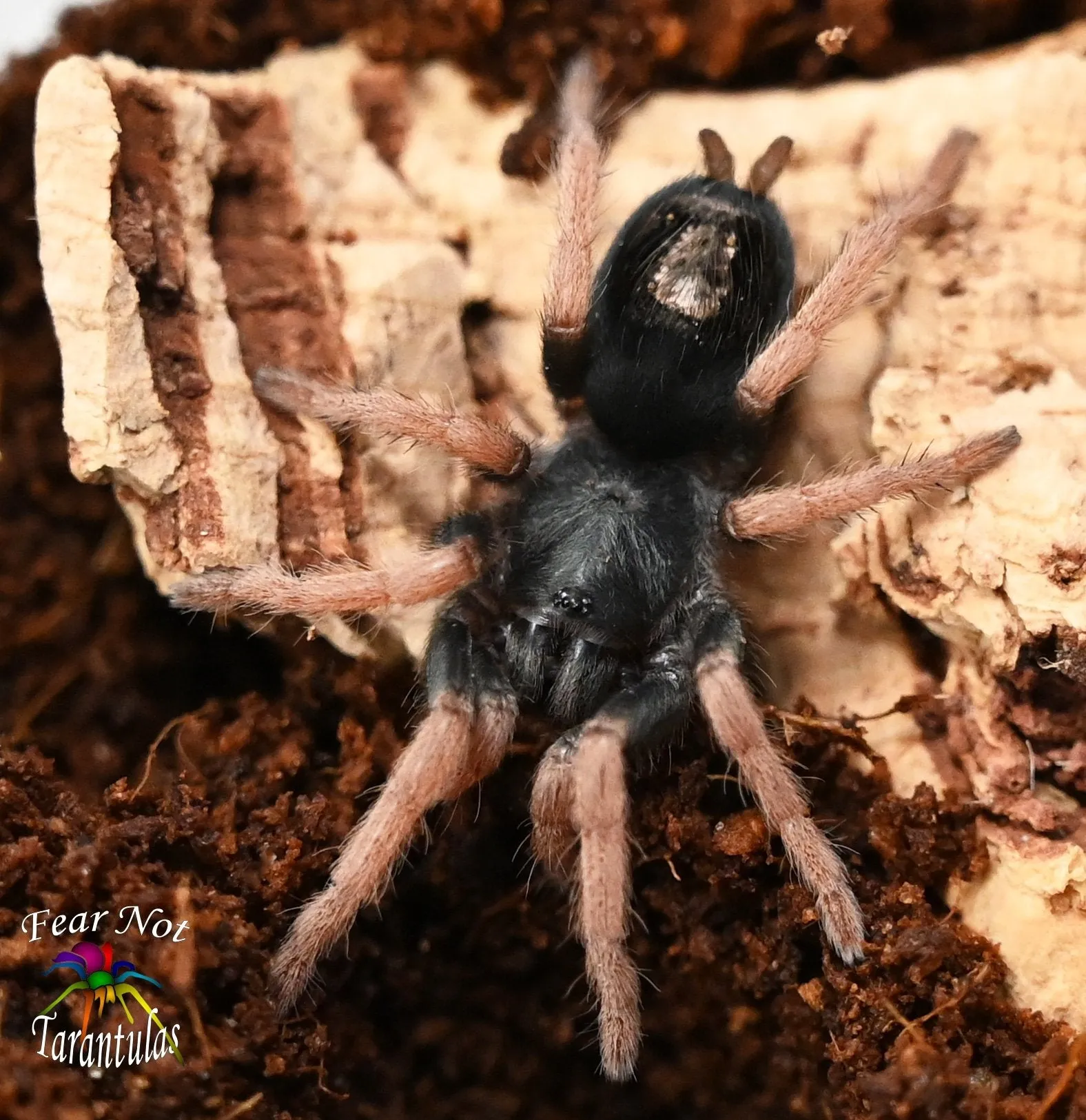What is a Dwarf Tarantula
Dwarf tarantulas, as the name suggests, are smaller species of tarantulas, generally not exceeding a leg span of 3 inches. These captivating arachnids are becoming increasingly popular among beginner tarantula enthusiasts due to their manageable size, relatively docile temperament, and intriguing behaviors. Their diminutive stature makes them less intimidating than their larger counterparts, making them an excellent choice for those new to tarantula ownership. They also tend to have lower space requirements, which is a bonus for hobbyists with limited room. Despite their small size, they still offer the fascinating experience of observing tarantula behaviors, such as web-spinning, hunting, and molting, making them a rewarding pet for any arachnid lover. Understanding their unique characteristics is the first step in providing them with a happy and healthy life.
Size and Appearance of Dwarf Tarantulas
Dwarf tarantulas exhibit a wide variety of colors and patterns, adding to their appeal. The vibrant hues and intricate markings of species like the Cyriocosmus elegans or the Holothele incei make them visually stunning. Their size is a key factor in their classification and care. As a group, they typically range from 1 to 3 inches in leg span, significantly smaller than many other tarantula species. Their smaller size means they require less space in their enclosure, simplifying habitat setup. The differences in their physical attributes like coloration and patterns are what makes each species unique and interesting to observe. These characteristics contribute to their popularity as beginner pets because of their manageable size and easier care requirements.
Common Dwarf Tarantula Species
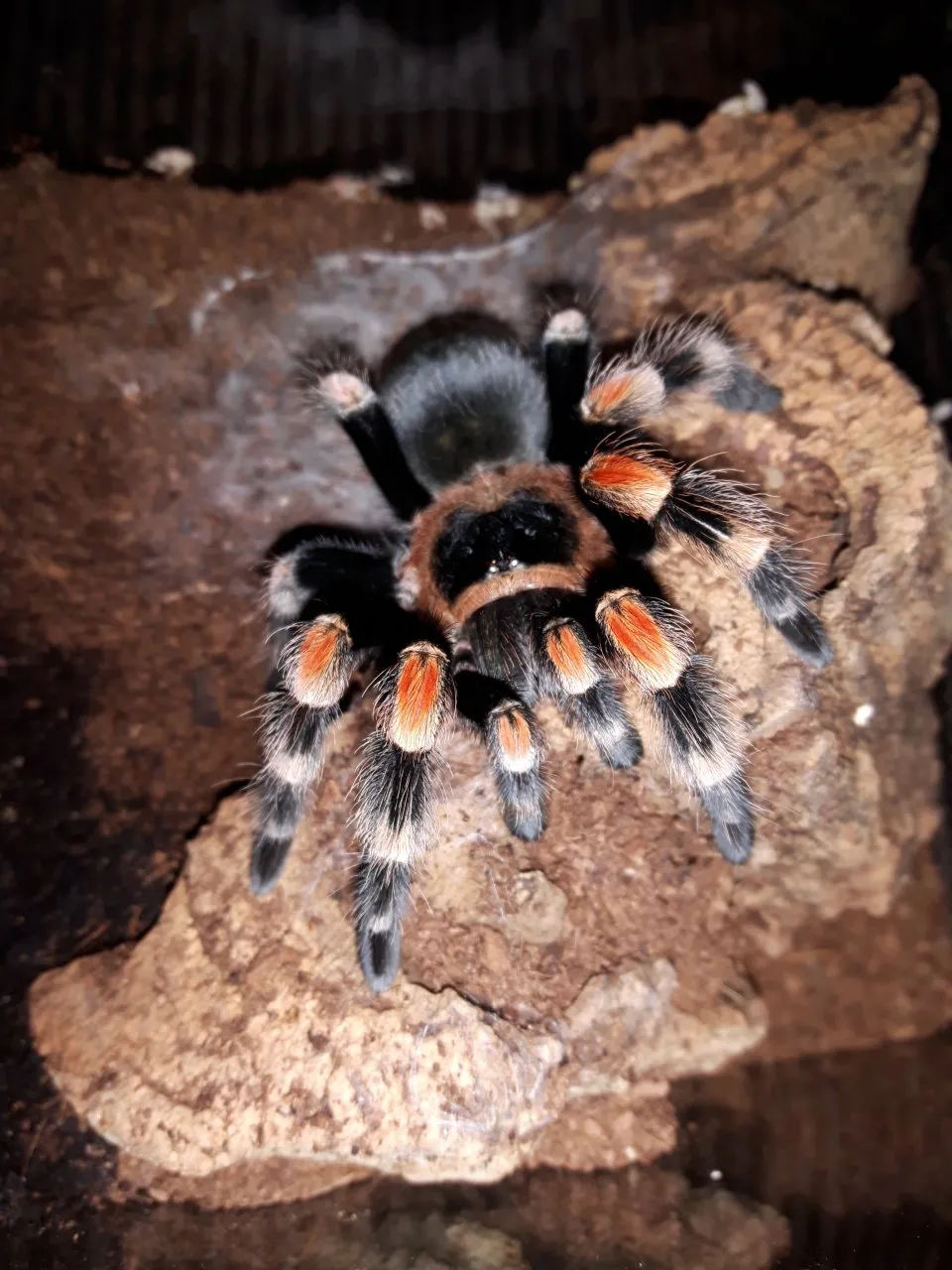
Several dwarf tarantula species are particularly well-suited for beginners. The Holothele incei, also known as the Trinidad Olive, is known for its beautiful coloration and relatively calm temperament. The Cyriocosmus elegans, or the Brazilian Blue Dwarf, is another popular choice, admired for its striking blue coloration and manageable size. These species are generally considered easier to care for due to their adaptability and less aggressive behavior. They can tolerate a wider range of environmental conditions compared to some of the more sensitive tarantula species. These traits make them less prone to issues that can be overwhelming for a beginner. It’s important to research the specific needs of each species, but these options provide a good starting point for those looking to get into the hobby.
The Best Dwarf Tarantula for Beginners
When it comes to the best beginner dwarf tarantula, Holothele incei often tops the list. Its hardiness, striking appearance, and relatively docile nature make it an excellent choice for those new to tarantula keeping. This species is known for its ability to thrive in a variety of conditions, making it less susceptible to the common mistakes new keepers might make. The Trinidad Olive’s manageable size, beautiful appearance, and ease of care allow beginners to appreciate the fascinating world of tarantulas without the stress of a high-maintenance pet. Its moderate venom potency and generally calm disposition also contribute to its suitability for new owners. Before acquiring any tarantula, it is always important to research and ensure you can meet its specific needs.
Habitat and Enclosure Setup for Dwarf Tarantulas
Setting up the right habitat is essential for a dwarf tarantula’s well-being. A secure, appropriately sized enclosure is the foundation of their home. These tiny tarantulas do not need much space, but the right setup is crucial. The enclosure must provide a comfortable living environment, allowing them to thrive. The goal is to replicate their natural habitat as closely as possible. A properly established habitat ensures their safety and supports their natural behaviors. By considering substrate, temperature, humidity, and decor, owners can provide a stimulating and safe environment, fostering a healthy and happy tarantula.
Enclosure Size and Type
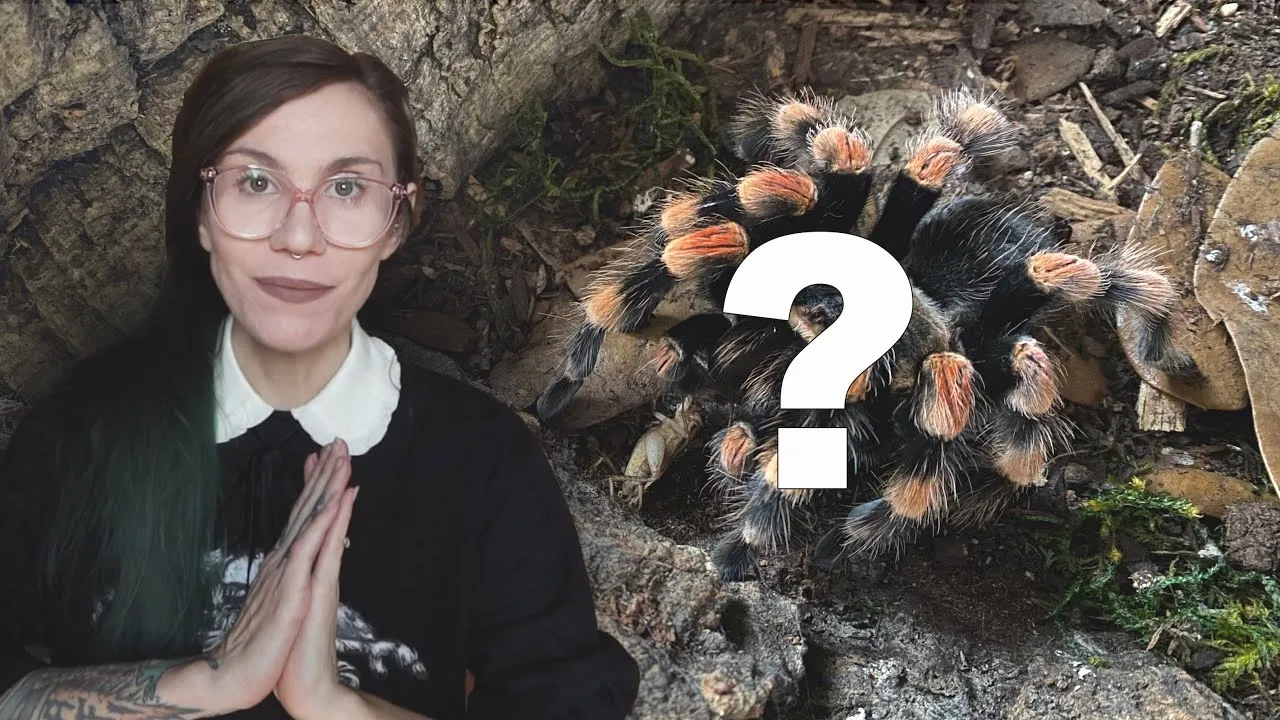
For dwarf tarantulas, a smaller enclosure is typically sufficient. A 5 to 10-gallon terrarium or a similarly sized plastic container is often ideal. The enclosure should be well-ventilated to prevent excessive humidity buildup, which can be detrimental to the tarantula’s health. The container’s size should also accommodate the tarantula’s growth. The lid must be secure to prevent escape and the enclosure should be easy to clean and maintain. The size of the enclosure greatly affects the tarantula’s well-being, so it is necessary to find the perfect balance between the space and the tarantula’s size. Always make sure the enclosure has enough ventilation to prevent any kind of health problems.
Substrate and Decorations
The right substrate helps in regulating humidity and providing a comfortable environment. A mix of peat moss, coconut fiber, and a bit of vermiculite is often recommended. This combination retains moisture and allows the tarantula to burrow. Decorations such as cork bark, small hides, and artificial plants add enrichment. These elements provide the tarantula with places to hide and explore, reducing stress and encouraging natural behaviors. Avoid using materials like gravel or sharp objects that could injure the tarantula. Regularly check and replace the substrate to maintain the cleanliness of the enclosure.
Temperature and Humidity
Maintaining appropriate temperature and humidity levels is critical. Most dwarf tarantulas thrive in temperatures between 75 and 80°F (24 to 27°C). Use a heat mat or a low-wattage heat lamp to maintain the temperature, but be sure not to overheat the enclosure. Humidity levels should be around 60-70%. Use a hygrometer to monitor the humidity level and mist the enclosure with water as needed to maintain this range. Provide a shallow water dish with fresh water for the tarantula to drink from. Avoid sudden temperature or humidity fluctuations, as they can stress the tarantula. Consistent environmental conditions are key to their health and well-being.
Feeding Your Dwarf Tarantula
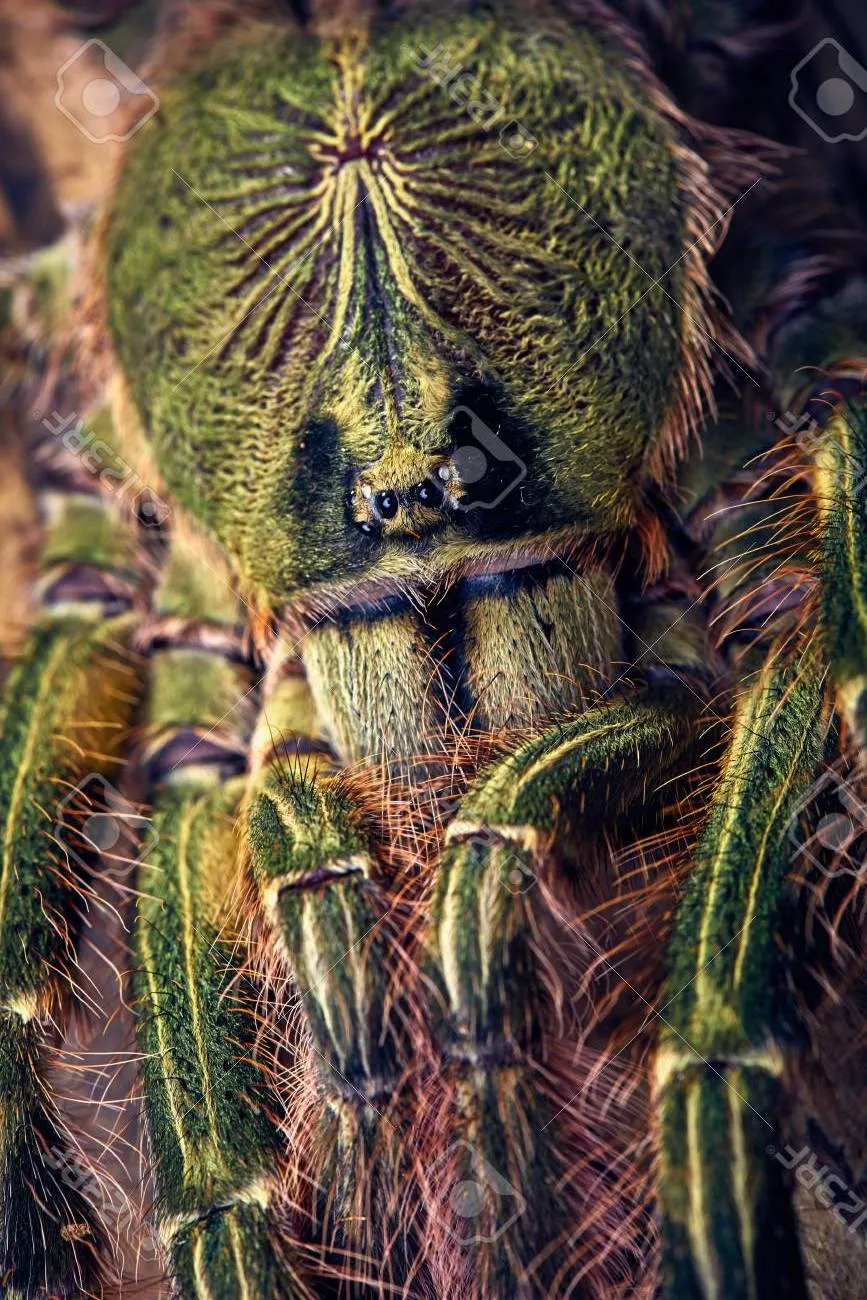
Feeding your dwarf tarantula requires a basic understanding of their dietary needs. Providing a proper and balanced diet is essential for their growth and overall health. The right food and feeding schedule ensures that your tarantula receives the necessary nutrients. Monitoring feeding habits can also give important clues about the spider’s health and well-being. By understanding their feeding preferences, you can ensure that your dwarf tarantula has a healthy and happy life.
What to Feed Dwarf Tarantulas
Dwarf tarantulas primarily eat insects. Crickets, mealworms, and small roaches are common choices. The size of the insects should be appropriate for the size of your tarantula; the prey should be no larger than the tarantula’s abdomen. It’s important to gut-load the insects before feeding them to your tarantula. This involves feeding the insects a nutritious diet like vegetables, fruits, and commercial insect food, which passes essential nutrients to the tarantula. This ensures that your tarantula receives a balanced diet. Avoid feeding wild-caught insects, as they can carry parasites or pesticides. Always ensure that there is fresh, clean water available for the tarantula.
Feeding Frequency and Schedule
Feeding frequency depends on the age and size of your dwarf tarantula. Young tarantulas may need to be fed two to three times a week, while adults can be fed once or twice a week. Monitor your tarantula’s abdomen to assess its condition; a well-fed tarantula should have a slightly rounded abdomen. Remove any uneaten food within 24 hours to prevent the growth of mold or mites. Adjust the feeding schedule based on the tarantula’s behavior and appetite. During molting periods, tarantulas typically lose their appetite. Avoid feeding them during this time.
Watering Your Dwarf Tarantula
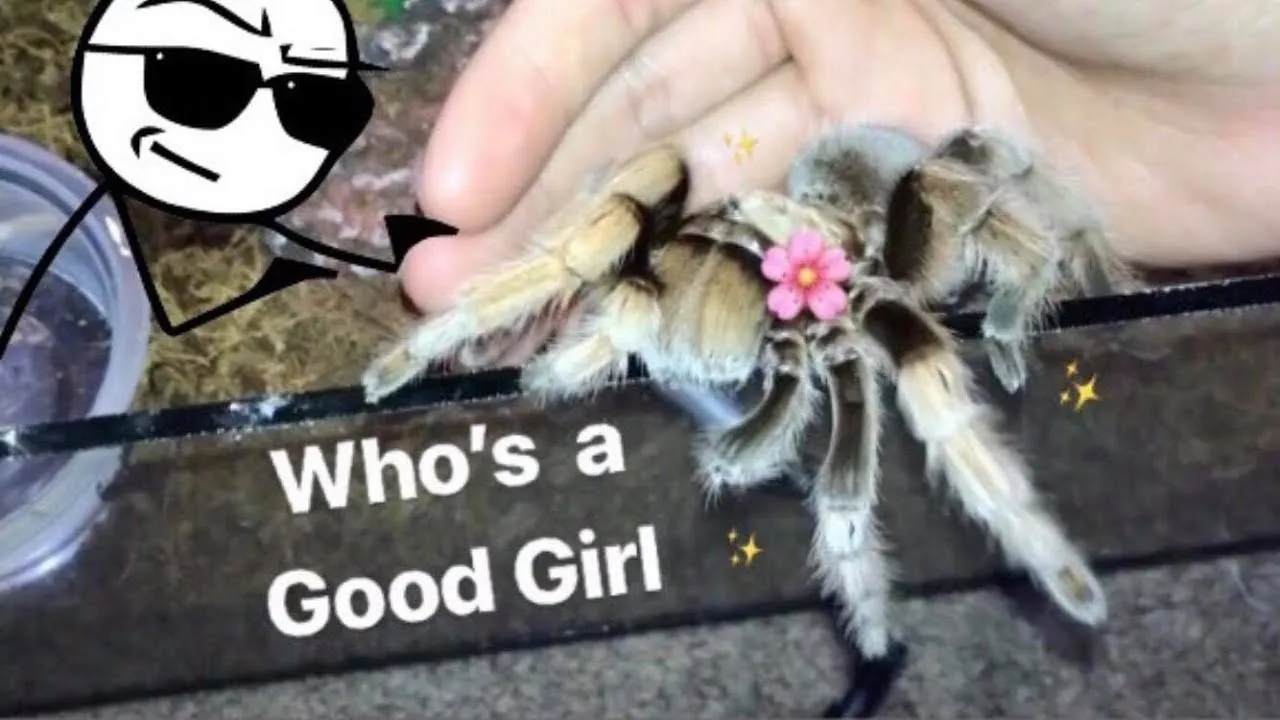
Providing fresh water is crucial for your dwarf tarantula’s survival. A small, shallow water dish should be placed in the enclosure, with water being changed regularly to keep it clean and free from debris. The dish should be small enough to prevent the tarantula from drowning. Misting the enclosure can also help maintain humidity levels and allow the tarantula to drink water droplets. Monitor the water level and refill the dish as needed. Ensure the water is clean and free from contaminants to keep your tarantula healthy.
Dwarf Tarantula Behavior and Handling
Understanding a dwarf tarantula’s behavior is key to providing appropriate care and creating a stress-free environment. Knowing how they act in their natural habitat helps in replicating that environment in captivity. This understanding allows you to recognize and respond to their needs, ensuring they thrive. Being aware of the tarantula’s behavior and how to handle them can create a positive and enjoyable experience for both the keeper and the pet.
Understanding Dwarf Tarantula Behavior
Dwarf tarantulas exhibit various behaviors, and observing these can provide valuable insights into their well-being. Many species are fossorial, meaning they spend a significant amount of time burrowing. Others are arboreal and will climb, so providing appropriate substrate or climbing structures is necessary. They might show defensive behaviors when feeling threatened, such as raising their front legs or flicking hairs. Learn to recognize the signs of stress, such as refusal to eat or excessive hiding. By understanding their natural behaviors, you can create an enriching environment and avoid unnecessary stress.
Handling Dwarf Tarantulas
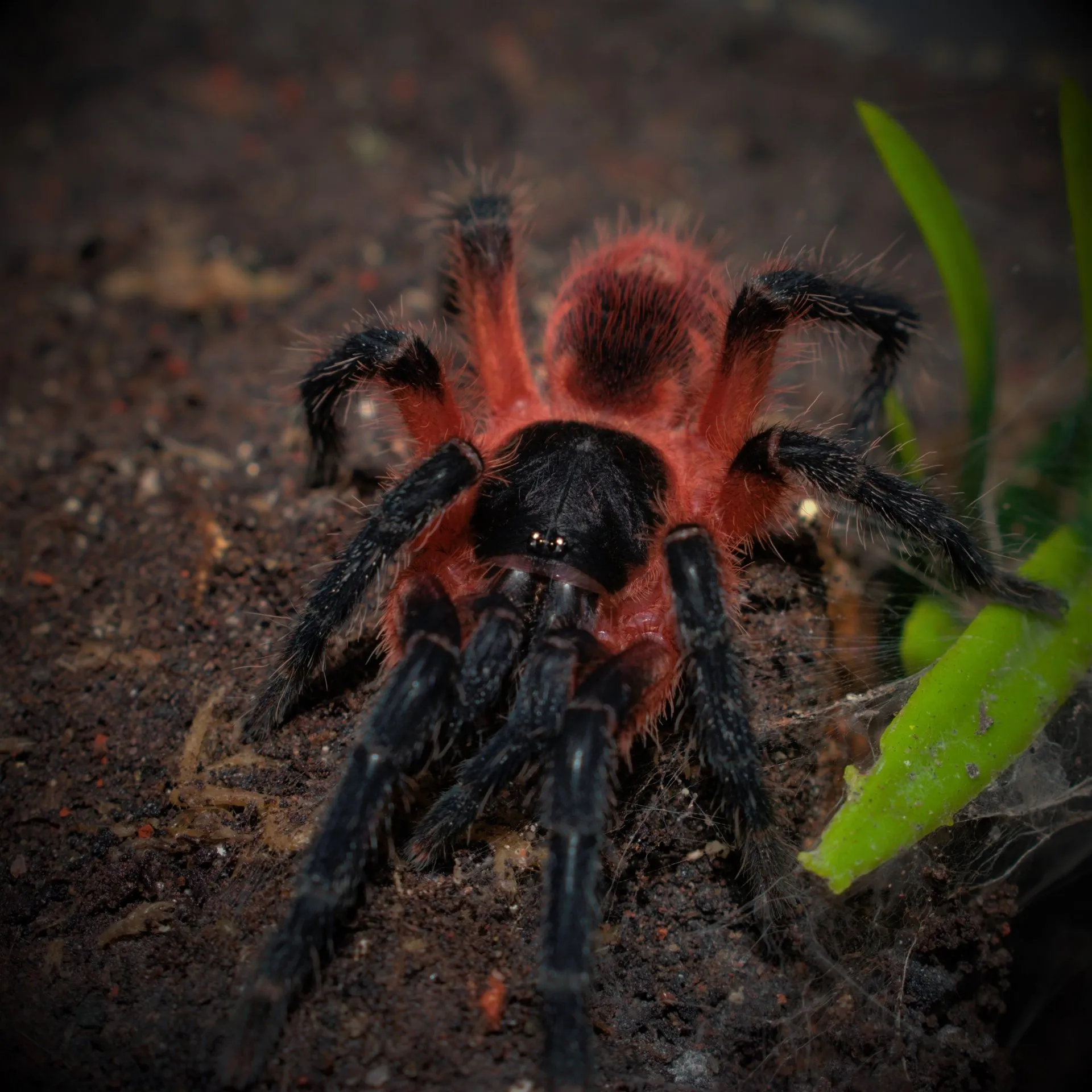
Handling dwarf tarantulas should be done with caution and, if possible, avoided, especially for beginners. While some species are more docile, all tarantulas can bite if they feel threatened. If you choose to handle your tarantula, do so close to the ground and never hold them high above the ground. This is to minimize the risk of injury if they fall. Gently coax the tarantula onto your hand and avoid sudden movements. Always supervise children when they are around tarantulas. After handling your tarantula, wash your hands thoroughly. Remember that tarantulas are delicate creatures, and handling them can be stressful.
Common Issues and How to Avoid Them
Like any pet, dwarf tarantulas can experience health issues. Being aware of common problems can help you prevent and address them effectively. Regular monitoring of the enclosure and the tarantula’s behavior will help identify any potential issues. Proper care and environmental management are essential in minimizing health risks. Taking proactive measures, such as maintaining proper hygiene, temperature, and humidity, can contribute significantly to the tarantula’s long-term health and well-being.
Moulting
Moulting is a natural process where tarantulas shed their exoskeleton to grow. It is a vulnerable time for tarantulas, and it is crucial to provide a safe and undisturbed environment during this process. Before moulting, the tarantula may become less active and refuse food. Provide a humid environment to assist with the moulting process. Do not disturb your tarantula during moulting, as it can be stressful and potentially dangerous. After moulting, the tarantula’s new exoskeleton will be soft, so avoid handling them for a week or two until it hardens. Providing a safe environment is paramount to the health of the tarantula.
Health Problems
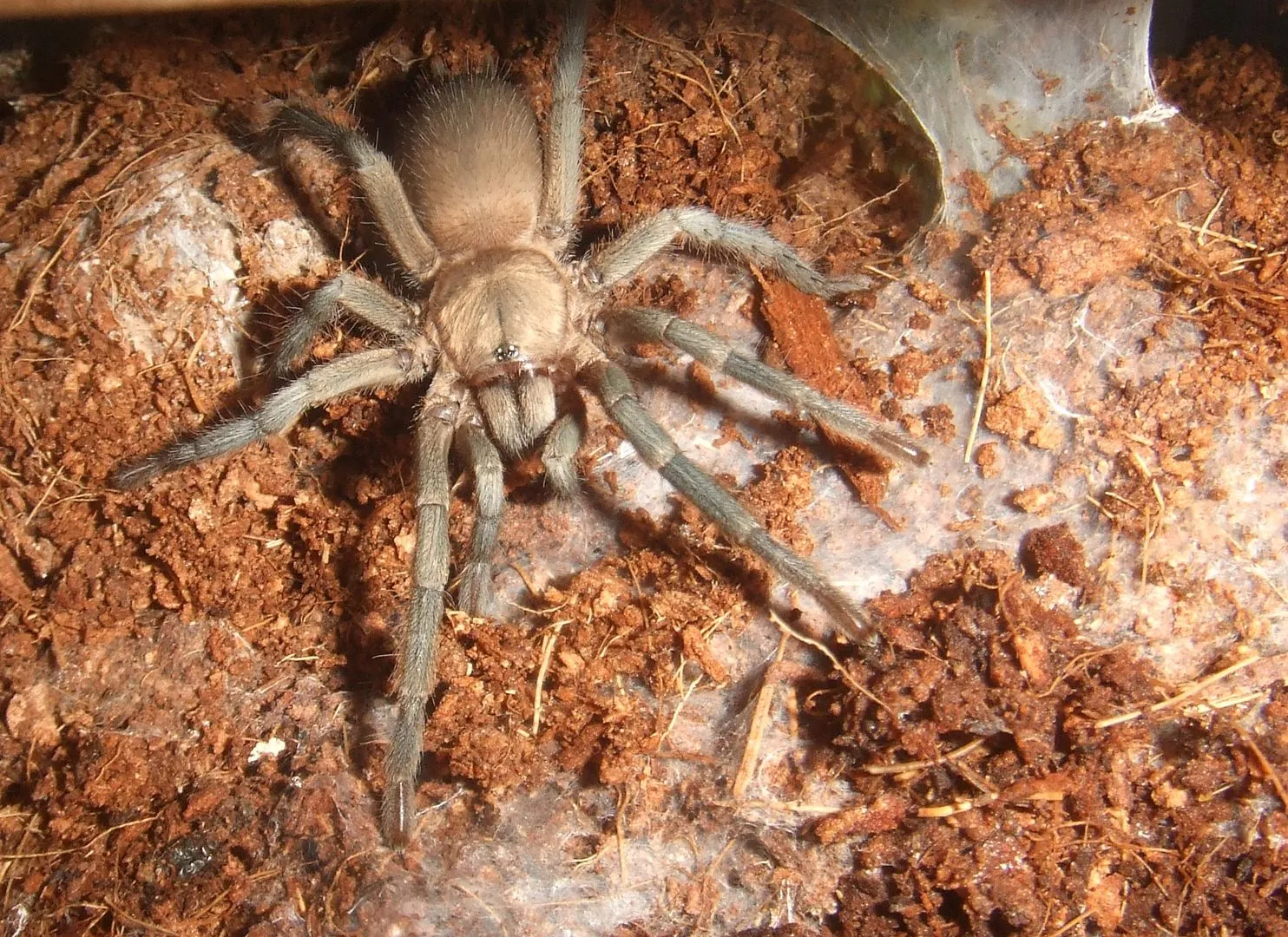
Common health problems include mite infestations, fungal infections, and parasitic infections. Mite infestations can be identified by small, moving dots on the tarantula or in the enclosure. Fungal infections can result from excessive humidity and poor ventilation. Parasitic infections are less common but can also occur. Preventative measures include maintaining a clean enclosure, providing proper ventilation, and quarantining new tarantulas. If you notice any signs of illness, such as lethargy, loss of appetite, or unusual behavior, consult a veterinarian experienced in treating invertebrates. Early detection and intervention are essential for successful treatment.
Where to Buy a Dwarf Tarantula
When purchasing a dwarf tarantula, it’s essential to choose a reputable source. This ensures you receive a healthy specimen and accurate information about its species and care requirements. Reputable breeders and pet stores prioritize the health and well-being of their tarantulas, providing you with healthy animals. They often have a good understanding of the tarantula’s specific needs. Always check the tarantula’s appearance before purchasing it. Look for signs of good health such as a plump abdomen, active behavior, and no visible injuries. Be sure to ask the seller questions about the tarantula’s care. This can help you determine whether they are knowledgeable and reliable.
Caring for a dwarf tarantula can be a rewarding experience for beginners. By providing the right habitat, diet, and care, you can enjoy the fascinating world of tarantulas. Remember to do your research, observe your tarantula’s behavior, and always prioritize its well-being. With patience and care, you will have a happy and healthy pet.
